Types of TMJ Surgery
There are three surgical options to treat TMD: arthroscopy, arthroplasty and total joint replacement. All of these methods are performed by an oral and maxillofacial surgeon. The first two can be minimally or moderately invasive and are usually same-day procedures performed under general anaesthesia, but keep in mind every oral surgeon may do things a bit differently. Total joint replacement, on the other hand, requires the patient to recuperate at a hospital for several days.
1. Arthroscopy
The most common and least invasive TMJ procedure is arthroscopy. With this technique, a small incision is made in front of the ear to allow for the insertion of a small instrument with a scope attached. This technique helps the surgeon explore for causes of the jaw and joint pain, remove any inflamed tissue, and prepare for realignment if necessary. Healthlink of Bristish Colombia notes that after surgery, you may start physiotherapy within 48 hours in order to maintain movement and prevent scar tissue from forming. You may also use a mechanical device that gently moves your jaw joint (continuous passive motion).
Your jaw movement may be limited for at least a month. And you may need to follow a diet of liquids and soft foods.
2. Arthroplasty
With an arthroplasty or “open joint” surgery, the oral and maxillofacial surgeon may require a larger incision to expose the total joint for a better view. This helps facilitate repair or replacement of the disc which articulates this joint and allows you to open and close your jaw. The recovery time from this TMJ surgery takes longer than an arthroscopy procedure.
Healthlink of Bristish Colombia explains that after surgery, medicines are prescribed to relieve pain and reduce swelling. You can start physiotherapy within 48 hours to maintain movement and prevent scar tissue from forming. You may also be given a mouthpiece (splint) to wear while rehabilitating your jaw.
Total Joint Replacement
Total joint replacement of the TMJ is done in cases where the joint has degenerated from a traumatic injury, osteoarthritis or other irreparable damage.
Joint replacement with either the patient’s own bone grafts or artificial total joint replacements can be very helpful for patients who have had severe or destructive disease affecting the jaw joint. This can be major surgery and recovery times can vary from patient to patient. It is best you speak with your oral surgeon directly to help understand your unique healing/recovery process.
What to Expect During TMJ Surgery Recovery
TMJ surgery recovery time will vary from patient to patient. General complications like pain, bruising and infection can happen, and specific complications like jaw stiffness, numbness and tenderness can occur, as well.
Although TMJ surgery and recovery takes time, the objective is to have a functioning and pain-free joint. This will lead to an overall improvement in your quality of life – also allowing for good oral hygiene, a healthy diet and a comfortable smile!
